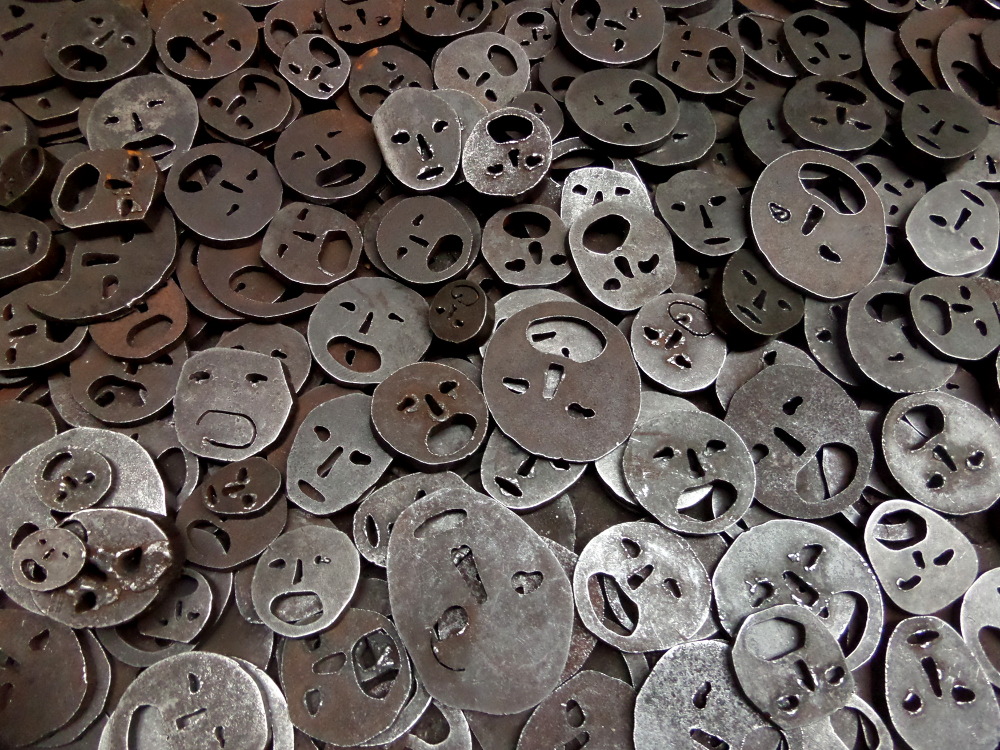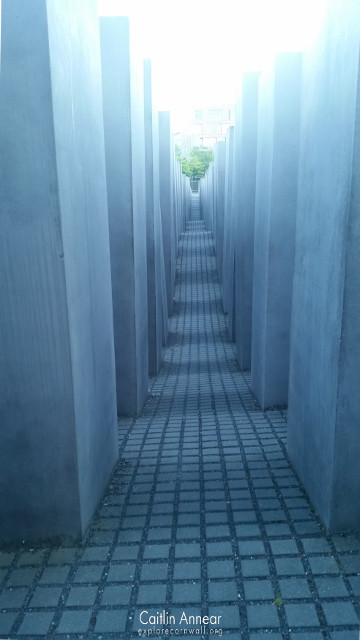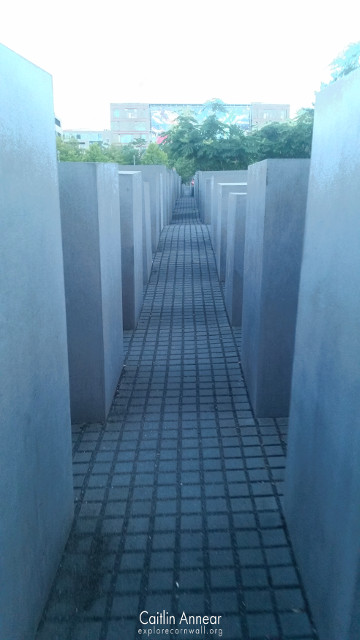In the centre of Berlin are two key memorials for the Jewish victims of the Holocaust. The first is the Memorial of the Murdered Jews of Europe and the second is the Jewish Museum. While the latter encompasses as much Jewish history and culture as can be squeezed within its walls, it has some important spaces that need to be visited.

Memorial of the Murdered Jews of Europe
Not far from the world famous Brandenburg Gate is a place of contemplation. Made up of 2,711 concrete cubes of varying height, this 19,000 square meter Holocaust memorial was designed by architect Peter Eisenman in 2005. It has an uneven floor and sharp contrast in the height of the slabs, intended to give the viewer a feeling of uncertainty, a mere drop in the ocean of how Jewish citizens much have felt.
There is a great disparity in the regions of this memorial, in some areas the stelae are low and enable visitors to sit and even children to play, while as you head deeper into the maze the outside world becomes cut off as some stretch to over 15 feet. The shape of the columns are not unlike those of graves or coffins, creating the image perhaps of a graveyard filled with unmarked graves.
There is a small underground area that holds the names of roughly 3 million Jewish Holocaust victims. Some have been disappointed that names of victims weren’t perhaps incorporated into the memorial, maybe by engraving their names into the stelae, while others see it as a reflection of the unimaginable number of victims, many of whom remain unnamed.
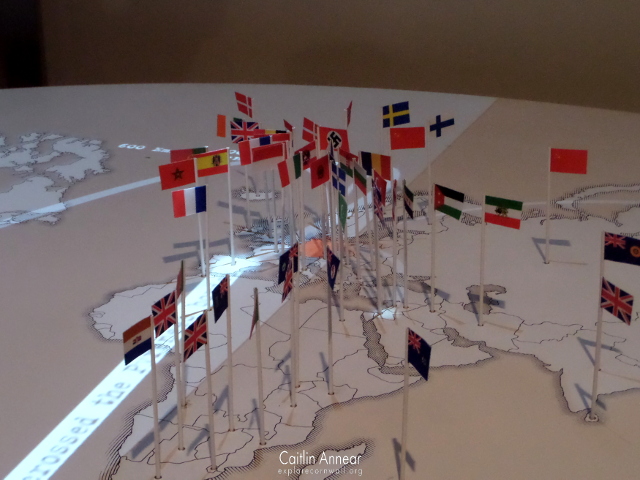
Jewish Museum
Plans for a formal museum documenting Jewish history and the Holocaust began after the fall of the Berlin Wall. It wasn’t until 2001 that this unique building actually opened its doors, displaying a large collection of art, objects and photographs illustrating Jewish history and culture. The actual museum is made up of three buildings, the oldest being the former Berlin Museum ‘Kollegienhaus’, a Baroque structure dating from 1735. Linked underground is a much more striking building designed by Daniel Libeskind.
Through the new building is a void, named the Memory Void, designed and created by Menashe Kadishman of 10,000 steel faces which litter the floor. Shalekhet or Fallen Leaves is dedicated to all of the victims of war, however this produces an eerie feel as visitors have to walk across the faces. There is little other sound than the clanging of sheet metal knocking against itself.

Another area is the Garden of Exile, where 49 tall pillars stand on a tilted axis. These each have Russian olive bushes growing out their stops, 48 of which are planted in soil from Berlin, with one in Jerusalem soil.
One very important part of the museum is another void named the Voided Void or the Holocaust Tower. This is a cold and forbidding part of the museum where the only light comes from a narrow slit in the roof, and thick concrete walls removing both heat and sound from the outside world.
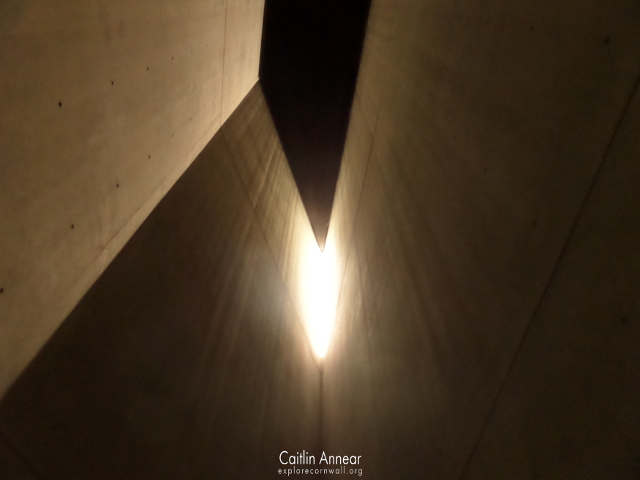
The Jewish Memorial is free to visit at any time of day.
The Jewish Museum is via ticketed entry. They have a great audio guide available in a bunch of languages and most of the signs are translated.
Brody, R. (2012) The Inadequacy of Berlin’s “Memorial to the Murdered Jews of Europe” | The New Yorker, The New Yorker. Available at: https://www.newyorker.com/culture/richard-brody/the-inadequacy-of-berlins-memorial-to-the-murdered-jews-of-europe (Accessed: 10 January 2021).
Judiches Museum Berlin (2021) Shalekhet – Fallen Leaves. Available at: https://www.jmberlin.de/en/shalekhet-fallen-leaves (Accessed: 10 January 2021).
Judisches Museum Berlin (2021) The Libeskind Building. Available at: https://www.jmberlin.de/en/libeskind-building (Accessed: 10 January 2021).
Visit Berlin (2021) Memorial to the Murdered Jews of Europe. Available at: https://www.visitberlin.de/en/memorial-murdered-jews-europe (Accessed: 10 January 2021).
